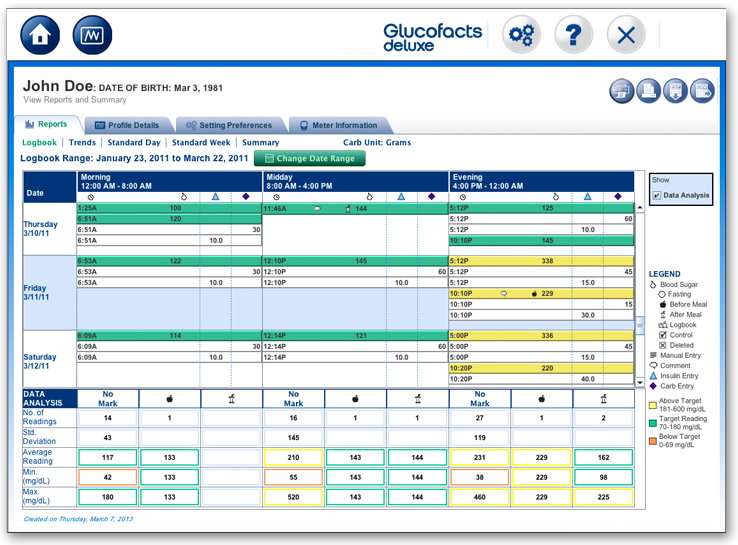

Altogether, when administering GLP-1RA plus SGLT2i combination therapy, it is important to adopt an individualized approach to therapy taking into account individual preferences, costs and coverage, toxicity profile, consideration of kidney function and glucose-lowering efficacy, desire for weight loss, and comorbidities. Despite the potential clinical benefits of GLP-1RA plus SGLT2i combination therapy in patients with T2DM, several factors may delay this combination to become a common practice soon, such as reimbursement and costs associated with polypharmacy. Hence, in case of persistent albuminuria and/or uncontrolled metabolic risks (i.e., inadequate glycemic control, hypertension, overweight/obesity) on SGLT2i therapy, GLP-1RAs should be considered as the preferential add-on therapy in T2DM patients with chronic kidney disease.

Regarding renal effects, the evidence of SGLT2is in preventing kidney failure is more abundant than for GLP-1RAs, which showed a beneficial effect on albuminuria but not on hard kidney endpoints. Accordingly, we encourage the adoption of GLP-1RA plus SGLT2i combination therapy in patients with T2DM and established atherosclerotic cardiovascular disease (ASCVD) or multiple risk factors for ASCVD (i.e., age ≥ 55 years, overweight/obesity, dyslipidemia, hypertension, current tobacco use, left ventricular hypertrophy, and/or proteinuria). Overall, the presented cumulative evidence supports the benefits of GLP-1RA plus SGLT2i combination therapy on metabolic-cardiovascular-renal disease in patients with T2DM, with a low hypoglycemia risk. In this review article, we discuss the mechanistic and clinical synergies that make the combined use of GLP-1RAs and SGLT2is appealing in patients with T2DM.

Due to their cardiovascular protective effect, glucagon-like peptide-1 receptor agonists (GLP-1RAs) and sodium-glucose cotransporter-2 inhibitors (SGLT2is) represent breakthrough therapies for type 2 diabetes mellitus (T2DM).


 0 kommentar(er)
0 kommentar(er)
